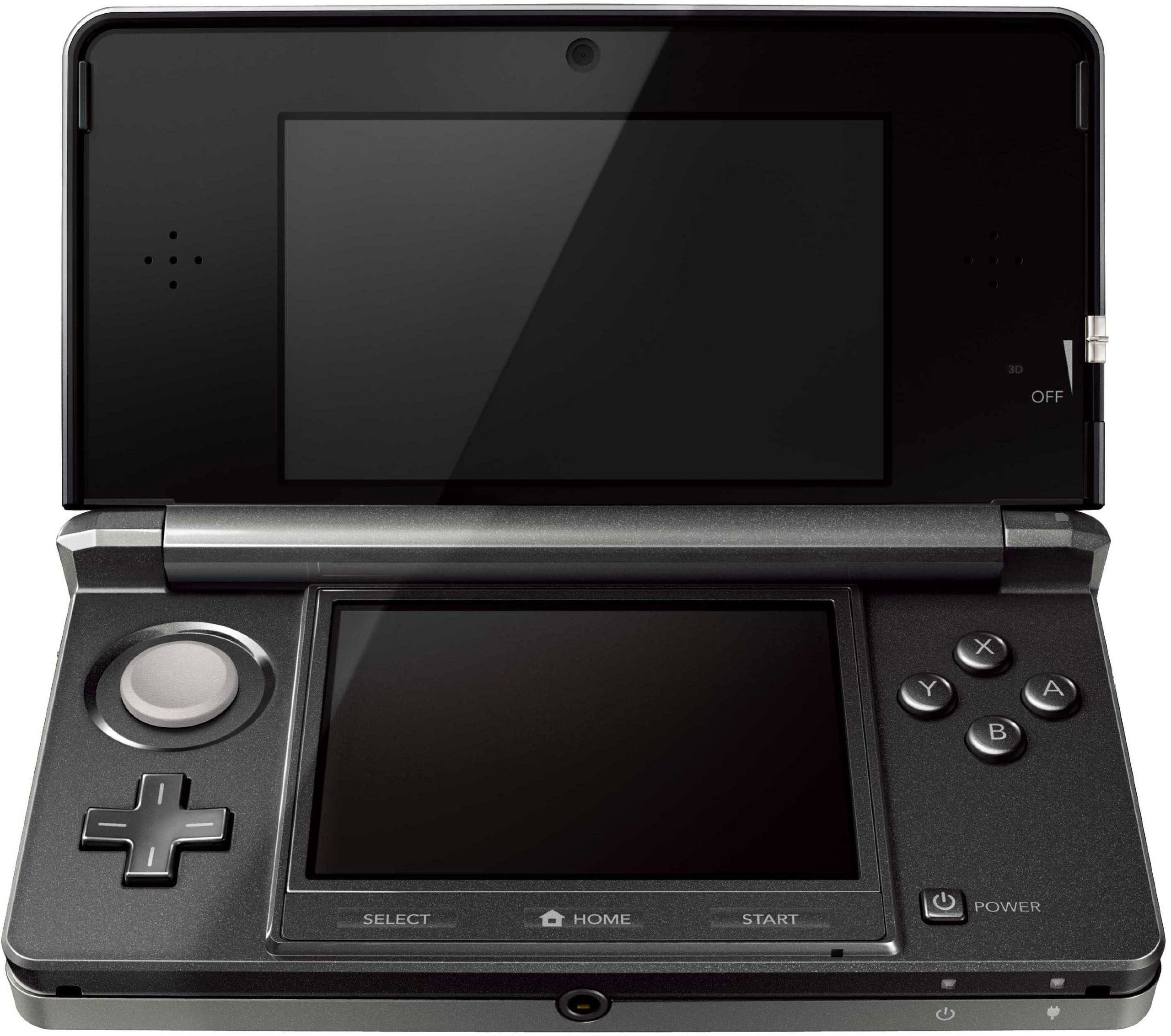Key Takeaways
- 3D tech failed due to poor user experience, like uncomfortable glasses and view restrictions.
- A lack of quality 3D content made investing in the technology impractical.
- Efforts to bring back 3D focus on computer monitors, hinting at a potential resurgence in that market.
Not too long ago, 3D consumer tech was everywhere. 3D TVs, gaming systems, and even smartphones were an emerging trend that people were excited to see get off the ground. Nowadays, you almost never see anyone using 3D tech regularly. Why did 3D tech fail to have staying power? Where has the 3D wave of the early 2010s left us today?
It wasn’t one specific aspect of 3D that made it lose its relevance. Instead, several different sticking points combined to make 3D technology unappealing to users and eventually fizzle out of the mainstream.
Poor User Experience
When home 3D started, it required a pair of funky glasses to make it work, similar to a movie theater. Though fine in practice, your experience watching TV at home is likely different from being seated in a theater for two hours. It was often difficult to see normally while you had the glasses on, and they didn’t fit over many people’s prescription glasses. The last thing people were looking for was another required step when slumping down to watch TV, so keeping track of these glasses was an inconvenience many were unwilling to deal with.
Around the same time came the launch of the Nintendo 3DS, with a main selling point being its 3D toggle that could enable certain games to be viewed in 3D when a switch was flipped. The 3DS featured a way to play games in 3D without needing special glasses, which was exciting to audiences at the time. It did deliver on its promise to bring 3D to us in an entirely new way, but the quality of 3D content released on the 3DS was a mixed bag. While some games utilized it well, many others did not. It was also notorious for causing headaches and eye strain, as the first edition of the 3DS could only be viewed from a certain angle for the effect to work properly. Squinting at a screen for a long gaming session was not comfortable, and when I used my 3DS, I almost always kept the toggle off.
Similar to the 3DS, glasses-free 3D eventually came to revolutionize the 3D TV world. However, it came with a host of issues. It used similar technology to the 3DS, which did not look quite as good when scaled to TV size. It dealt with the same issue of needing to be viewed at exactly the right angle, which was not as easy to locate with a large, unmovable TV, and made it difficult for multiple viewers to experience the effect at the same time. As home 3D was still in its infancy, much of the content didn’t look great, and it wasn’t worth the hassle of angling and eye strain to enjoy it.
Lack of Available Content
Making home 3D content usable doesn’t stop at building the hardware. The true magic of 3D comes from the content that takes advantage of it, and unfortunately, there wasn’t much that did it well. I mentioned that many games on the 3DS didn’t look great, but the same went for a lot of the content produced for 3D TVs. Producing content in 3D was and still is expensive and time-consuming, and with many studios seeing 3D as more of a gimmick than anything else, the effort to make great 3D content was rare. Common content like sports and TV shows would likely never support 3D viewing, and seeing as that’s what many users watch more than anything on their home televisions, paying more for 3D just wasn’t attractive.
All Hope is Not Lost
One place efforts are still being made to normalize 3D is with computers. You might remember BumpTop, the desktop environment that brought your icons into a 3D world. But what about real 3D, hardware and all? The Acer Spatiallabs View Pro 27, announced in October 2023, touted a glasses-free 3D screen. With Samsung and ASUS among other companies in the 3D monitor space, home 3D might be coming back in a big way. Using technology similar to what was used on Nintendo’s updated New 3DS, which reportedly reduces a lot of user discomfort when viewing in 3D, I wouldn’t be surprised if home 3D technology found its footing with computer monitors.
While the age of home 3D seems to be in the past, it likely lent influence to VR and AR, which are relatively popular today. While I doubt 3D TVs will ever come back in a major way, those looking for a decent 3D home experience can still find it on specialized computer monitors and the still popular 3DS.







